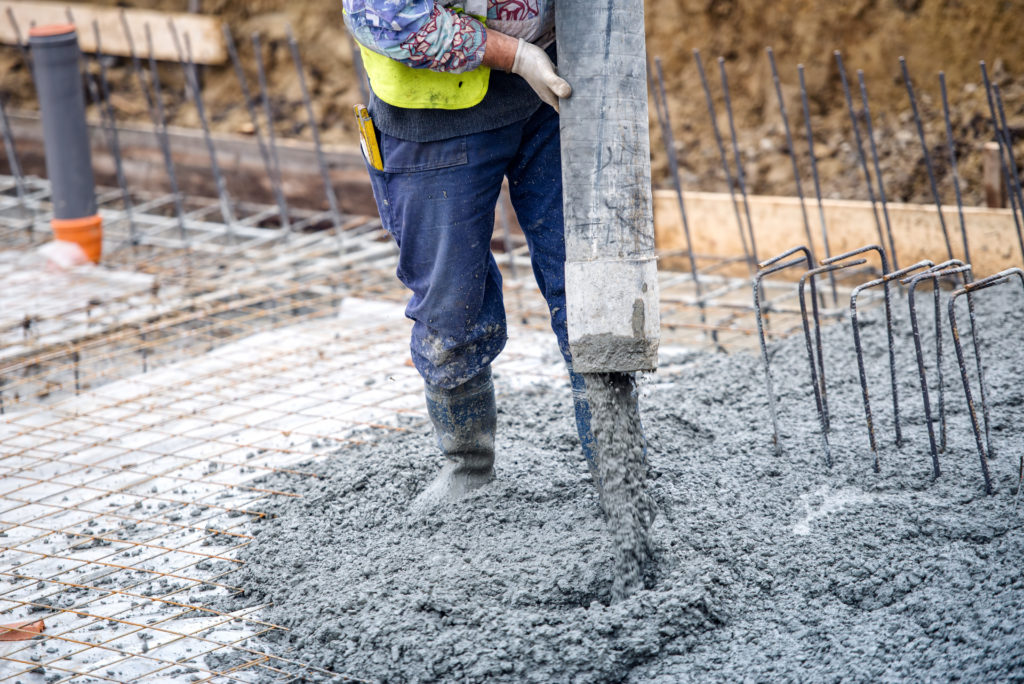/GettyImages-147217539-584b09cb3df78c491e1ab228.jpg)
Concrete is an excellent material for floors. It’s extremely durable and can be repaired easily. When a concrete floor is damaged, repairing it is usually not as difficult as you might think.
Concrete floor repair mortar is used to fix cracks in concrete floors. It is made of cement, sand, and water. The most common type is Portland cement, which hardens over time to form a solid mass. Other types such as silicate cements may also be used.
Concrete floor repair mortar is available in a wide range of colours to match existing floors or cover the patch with a different colour. Colorants come in powder form and must be mixed into the cement before it hardens. This makes it difficult to achieve an exact match but can be done with patience and care.
A concrete floor repair mortar can be applied by hand spreading or with a trowel or float after the concrete has been levelled and smoothed out with a sander or edger tool.
Mortar Comes In Two Main Types:

Water-based mortar – This type of mortar is made with Portland cement, sand and water. It’s usually used for indoor applications like flooring and tile installation because it doesn’t shrink as much as oil-based or latex-modified mortars. It also cleans up easily with water once you’ve finished working with it.
Oil-based mortar – This type of mortar is made with Portland cement, sand and linseed oil or another type of oil substitute that makes the mixture more pliable than water-based mortars. Oil-based mortars are often used for outdoor applications such as concrete repair since they’re waterproof once cured and won’t crack or chip off when exposed to the elements over time.
Here Are Some Tips On Concrete Floor Repair Mortar:
The first step in repairing a concrete floor is sealing it with waterproof sealer. This will prevent water from seeping out of the concrete, which can lead to further damage by causing mould growth and other problems. You can also use sealer to fill cracks in your concrete floor, but make sure that you don’t put too much down at once or it may run down into other areas of your home or business.
Cracks in concrete floors are fairly common, especially if the surface has been exposed to moisture over time. To repair these cracks, simply mix up some mortar according to instructions on the package and then brush it onto the crack (make sure to wear safety goggles during this process). Fill in any gaps with more mortar until you’ve covered the entire crack completely.


